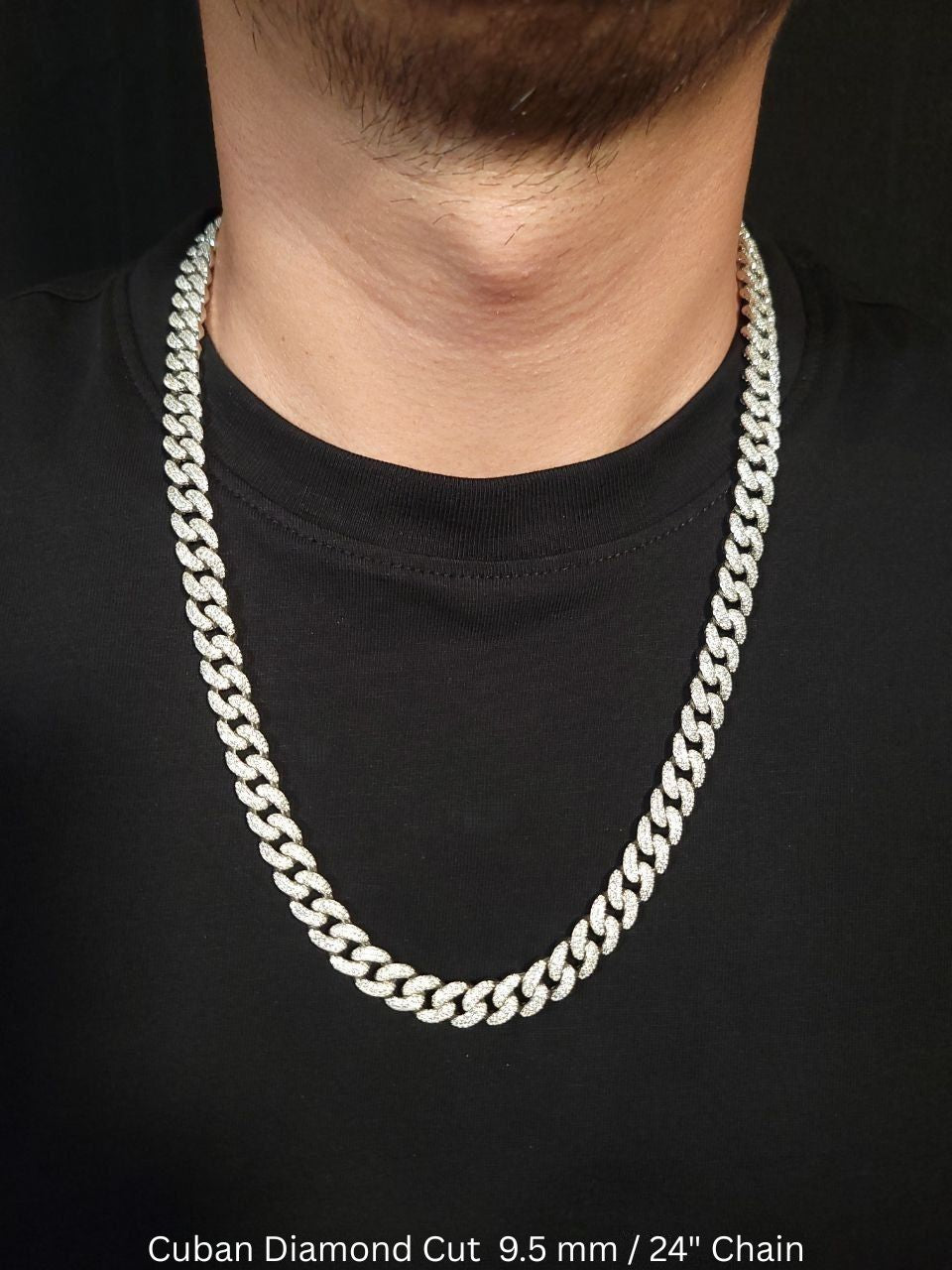Jewelry has long been a reflection of culture, power, and personal style. Among its various forms, chain jewelry holds a unique place, evolving from ancient symbols of strength to contemporary fashion statements. Let’s explore the journey of chain jewelry through the ages.
The Ancient Roots of Chain Jewelry
Chains date back thousands of years, with evidence of their use in ancient civilizations like Egypt and Rome. In these cultures, gold and silver chains symbolized power, wealth, and divine connection. They were often paired with intricate pendants, showcasing advanced metalworking skills.
The Medieval and Renaissance Eras
During the Middle Ages, chains became more elaborate, adorned with gemstones and religious motifs. By the Renaissance, artisans began experimenting with link designs, laying the foundation for many styles we cherish today.
Modern Innovations and Trends
Fast forward to the 20th century, chain jewelry became synonymous with luxury and individuality. Styles like the Cuban link and Franco chain emerged, offering a sleek and bold aesthetic. Today, sterling silver chains, like Crowned Silver's Franco Chains, continue this tradition with modern craftsmanship.
The Role of Pop Culture
Pop culture, particularly hip-hop, has played a pivotal role in popularizing chain jewelry. From iced-out Cuban links to rope chains, artists brought these styles into mainstream fashion, cementing their status as must-have accessories.
Why Sterling Silver is Leading the Trend
Sterling silver chains, such as our Royal Rope Chains, offer the perfect blend of elegance and affordability. Unlike gold, sterling silver provides a versatile option for both casual and formal wear, making it a favorite among jewelry enthusiasts.
Conclusion
Chain jewelry has come a long way, but its allure remains timeless. Whether you're drawn to the boldness of a Cuban link or the intricate weave of a Franco chain, Crowned Silver has a piece to match your style. Explore our collection.















